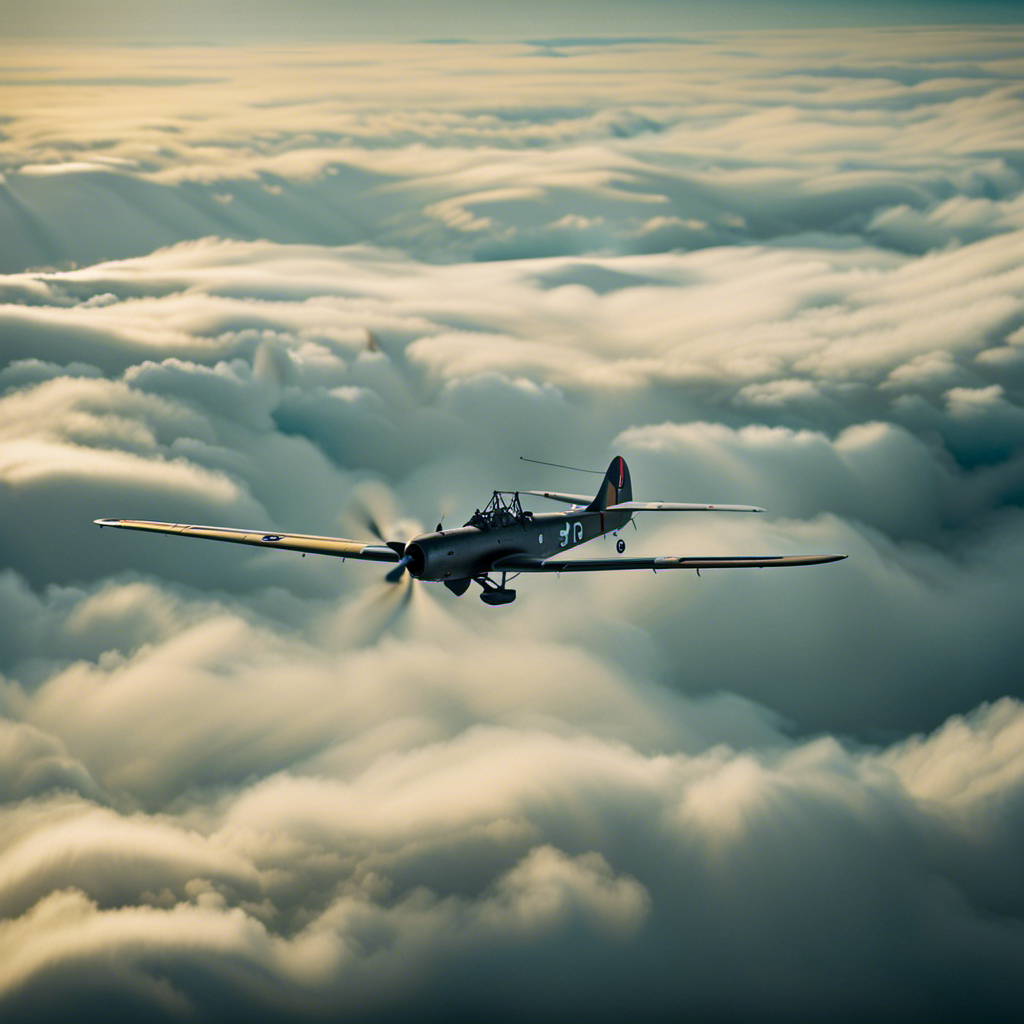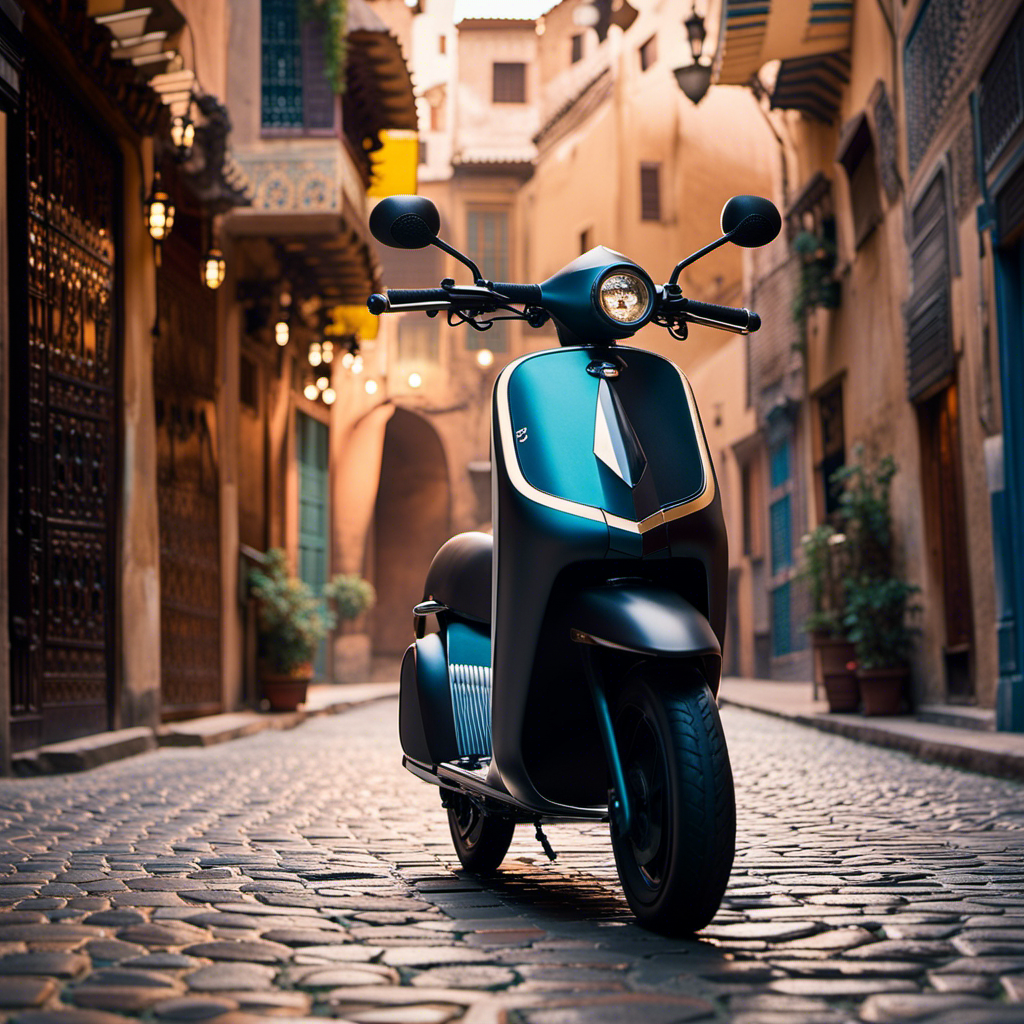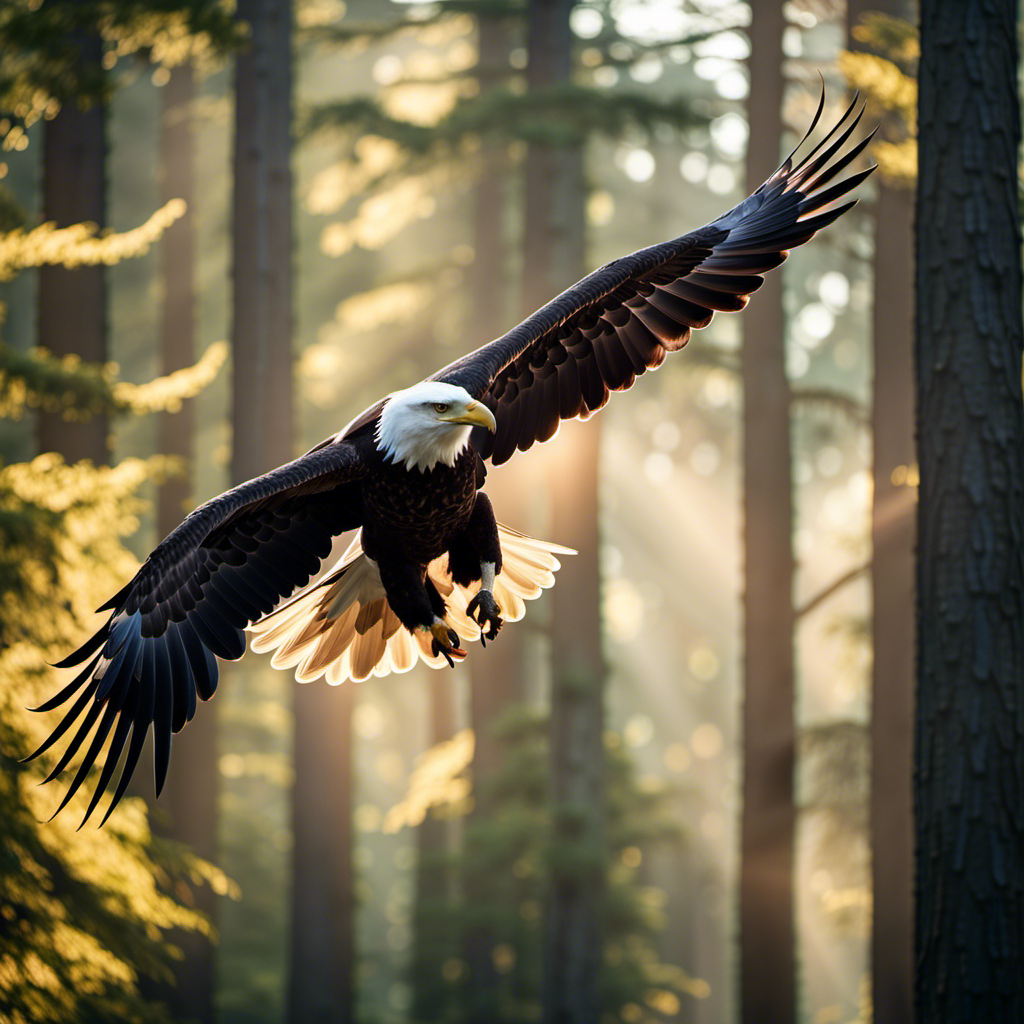As I explore the intriguing history of World War II, one often forgotten element is the crucial contribution of gliders. These quiet and sneaky aircraft played a key role in moving soldiers and gear into enemy territory, paving the way for important battles and strategic missions.
In this article, we will explore the evolution of gliders, their advantages in military operations, and the brave glider pilots who risked it all.
Join me as we uncover the untold legacy of gliders in shaping the outcome of the war.
Key Takeaways
- Gliders played a crucial role in the success of military operations.
- Gliders enabled silent and stealthy troop insertion behind enemy lines.
- Gliders revolutionized airborne warfare in WWII.
- Glider pilots exhibited immense courage and bravery.
The Evolution of Gliders in Military Operations
The evolution of gliders in military operations has greatly impacted the success of airborne troops. The development of glider technology during the Second World War brought about significant advancements in the tactics and strategies employed by military forces.
Gliders became an invaluable asset, enabling silent and stealthy transport of troops and supplies behind enemy lines. This new form of transportation allowed for surprise attacks and increased the effectiveness of airborne operations.
Gliders were designed to be lightweight, yet sturdy, allowing them to be maneuvered with precision and ease. The ability to land troops directly at their objective without the need for parachuting provided a tactical advantage.
These developments in glider technology revolutionized airborne warfare and laid the groundwork for future military operations.
The Advantages of Gliders in Silent and Stealthy Transport
One of the advantages of gliders was their ability to silently and stealthily transport troops and supplies during the war. Gliders offered a unique advantage over traditional aircraft because they lacked engines, making them virtually silent and difficult to detect. This allowed them to bypass enemy radar and fly undetected into hostile territories.
Additionally, gliders had the ability to land in areas that were inaccessible to larger aircraft, such as narrow fields or wooded areas. This made them ideal for surprise attacks and covert missions. The lack of engine noise also made gliders less vulnerable to enemy anti-aircraft fire.
Overall, the silent and stealthy transport capabilities of gliders provided a tactical advantage to the Allied forces in their operations during the Second World War.
Moving on to the role of gliders in major battles of the Second World War…
Gliders in Major Battles of the Second World War
Contractions:
Gliders played a significant part in major battles of WWII. Glider technology advancements and the strategic use of gliders in warfare greatly impacted the outcome of these battles.
The ability of gliders to silently and stealthily transport troops and equipment behind enemy lines allowed for surprise attacks and disrupted enemy defenses.
Gliders were used in key battles such as the Battle of Arnhem, where they played a crucial role in the attempted capture of crucial bridges. Gliders also played a significant part in the Battle of Bastogne during the Battle of the Bulge, where they delivered much-needed supplies to the besieged American forces. These examples highlight the effectiveness and versatility of gliders in combat scenarios.
Transitioning to the subsequent section, the role of gliders in D-Day and Operation Overlord was pivotal.
The Role of Gliders in D-Day and Operation Overlord
As part of D-Day and Operation Overlord, gliders were instrumental in silently transporting troops and equipment behind enemy lines. Gliders were not only used in these major operations but also in other military campaigns throughout World War II. Glider operations played a crucial role in the success of these missions, as they allowed for surprise attacks and the swift deployment of troops.
The use of gliders provided a tactical advantage by bypassing enemy defenses, allowing troops to infiltrate enemy territory undetected. The impact of glider operations on overall mission success cannot be overstated. They enabled the Allies to quickly establish a presence in enemy-held areas, secure key objectives, and disrupt enemy communication and supply lines. This set the stage for subsequent operations and ultimately contributed to the Allied victory.
Transitioning into the subsequent section about glider assaults in the Pacific theater.
Glider Assaults in the Pacific Theater
To effectively carry out glider assaults in the Pacific Theater, you must carefully plan and coordinate the timing and placement of the glider landings.
Glider assault tactics played a crucial role in the war effort, allowing for swift and stealthy insertions of troops and equipment behind enemy lines.
The effectiveness of glider landings in the Pacific was undeniable. By utilizing gliders, allied forces were able to surprise and overwhelm the enemy, gaining a significant advantage in battles.
Gliders provided a means of delivering troops and supplies without the need for large-scale amphibious assaults or parachute drops. Their ability to land in small, confined spaces allowed for precise targeting of key enemy positions.
Transitioning into the subsequent section about famous glider operations and missions, these innovative tactics paved the way for successful missions such as Operation Market Garden and the Battle of Arnhem.
Famous Glider Operations and Missions
The effectiveness of glider landings in the Pacific was undeniable, allowing for swift and stealthy insertions of troops and equipment behind enemy lines. Among the famous glider operations during World War II was the Battle of Leyte. In October 1944, glider pilots played a crucial role in the successful assault and capture of key airfields on the island of Leyte in the Philippines.
The gliders carried troops and heavy equipment, such as artillery and jeeps, enabling the forces to quickly secure the airfields and provide support for the subsequent Battle of Leyte Gulf. Glider pilots were highly skilled and trained to navigate challenging conditions, including landing in tight spaces and avoiding enemy fire. Their bravery and expertise were integral to the success of these daring missions.
Transitioning into the subsequent section about glider pilots and their training, their specialized skills were honed through rigorous training programs.
Glider Pilots and their Training
Glider pilots were extensively trained to navigate challenging conditions and execute precise landings in tight spaces. The recruitment process for glider pilots was rigorous, with candidates undergoing physical and mental assessments to ensure their suitability for the role.
Once selected, pilots received comprehensive training on various tactics and techniques specific to glider operations. This included learning how to handle the unique characteristics of gliders, such as their lack of engines and reliance on currents and thermals for lift. Pilots were taught how to read weather conditions, plan routes, and execute covert landings to maximize the element of surprise. They also practiced emergency procedures, such as how to handle malfunctions or land in hostile territory.
The training aimed to equip glider pilots with the skills necessary to carry out successful missions.
Transitioning into the subsequent section about challenges and risks of glider landings, gliders faced numerous obstacles as they attempted to land in enemy territory.
Challenges and Risks of Glider Landings
Navigating through hostile terrain and unpredictable weather conditions, I had to rely on my instincts and training to execute precise landings in enemy territory. The challenges and risks of glider landings were numerous.
First and foremost, the lack of an engine meant that we had to rely solely on gravity and the wind to guide us. This made it difficult to control the glider’s speed and direction, especially in strong crosswinds.
Additionally, the absence of parachutes meant that once we were in the air, there was no turning back. We had to commit to the landing, regardless of the circumstances.
These factors, combined with the constant threat of enemy fire, made glider landings incredibly dangerous. Despite these risks and challenges, gliders played a crucial role in the success of military operations during the Second World War.
The Legacy of Gliders in Modern Military Operations
Despite their risks and challenges, gliders continue to have a significant impact on modern military operations. The future of gliders in military operations looks promising, with advancements in technology and design.
These versatile aircraft can be used for a variety of missions, including surveillance, reconnaissance, and troop deployment. Gliders also play a crucial role in humanitarian missions, providing a cost-effective and efficient way to deliver supplies to remote areas. With their ability to land in unconventional spaces, gliders can reach areas inaccessible to traditional aircraft.
Their silent and low-profile nature makes them ideal for covert operations as well. Gliders have truly evolved to meet the demands of modern warfare and continue to be a valuable asset in military operations.
Looking back at the contributions of glider troops in World War II, their bravery and skill in executing daring missions are still remembered today.
Remembering the Contributions of Glider Troops in World War II
As I reflect on the bravery and skill of the troops, it’s important to remember the significant contributions made by glider pilots in World War II. The impact of glider troops on airborne warfare cannot be underestimated.
Here are some key points to consider:
-
Gliders allowed for the silent and stealthy insertion of troops behind enemy lines, providing a tactical advantage.
-
Glider pilots played a crucial role in transporting troops, equipment, and supplies to the front lines, enabling strategic supply operations.
-
Gliders were used in major operations such as the D-Day invasion, Operation Market Garden, and the Battle of Arnhem.
-
Glider pilots faced extreme danger and exhibited immense courage, as they had no means of escape once on the ground.
The use of gliders revolutionized airborne warfare and their contributions should never be forgotten.
Frequently Asked Questions
How were gliders used in the Pacific Theater during World War II?
During World War II, gliders were used in the Pacific theater for various purposes. They played a crucial role in transporting troops, equipment, and supplies, as well as in conducting covert missions. Glider operations in the European theater also influenced their use in the Pacific.
What were some famous glider operations and missions during the war?
During World War II, some famous glider operations included Operation Market Garden and the assault on Pegasus Bridge. Glider pilots received specialized training to navigate the challenges of landing and conducting surprise attacks.
How were glider pilots trained for their missions?
Glider pilot training involved rigorous physical and mental preparation. Candidates were selected based on their flying skills, aptitude, and physical fitness. Training included flight simulations, navigation exercises, and parachute training to prepare pilots for their missions.
What were the challenges and risks associated with glider landings?
The challenges and risks of glider landings included limited control, difficult terrain, and enemy fire. Pilots had to navigate obstacles, avoid crashes, and face the danger of being captured or killed.
How did gliders contribute to modern military operations after World War II?
Gliders in modern military operations? Seriously? I mean, come on, we have all these fancy planes and helicopters now. But hey, gliders did play a role in post WWII warfare, mainly for covert operations and quick insertions.
Conclusion
In conclusion, the role of gliders in the Second World War cannot be understated. These silent and stealthy transport vehicles played a crucial part in major battles such as D-Day and Operation Overlord, as well as in the Pacific Theater.
Glider pilots, despite the challenges and risks they faced during landings, made significant contributions to the war effort. Their legacy lives on in modern military operations, reminding us of their bravery and importance.
Like a winged arrow piercing through the darkness, gliders soared through the skies, silently delivering troops to the heart of the battle.
With a heart that soars as high as the skies, Aria, affectionately known as “Skylark,” is the driving force behind Soaring Skyways. Her journey into the gliding world began as a young dreamer gazing up at the soaring birds, yearning to experience the weightlessness and freedom they embodied. With years of experience both in the cockpit and behind the scenes, Aria’s commitment to the gliding community is unwavering.










